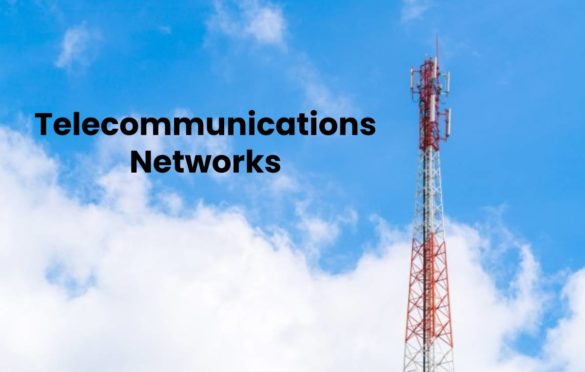
Telecommunications Networks
Table of Contents
Telecommunications Networks
Telecommunications networks are transmission equipment that can transmit information with electromagnetic or optical signals between different locations in an analog or digital way. The information can be audio, video, or other data—the networks based on wired or wireless infrastructure. Examples of typical telecommunications networks are the fixed telephone network, the mobile telephone network, cable television networks, or the Internet. Its connectivity will be super fast.
Telecommunications Networks For Two-Way Voice Transmissions (Telephone Networks)
Different types of telephone networks can used for two-way voice transmission. In telephony’s back days, the telephone network was performance-based and transfer voice signals using electromagnetic, analog signals. And also, Today telephone networks are digital and can be built with cables (landline) or wireless (mobile network). Connection establishment between participants has evolved from strictly a circuit-switched operation to packet-switched systems.
Telecommunications Networks For Data Transmission
In the past, telecommunications networks for data transmission used many different protocols. In the wake of the Internet’s success, the Internet Protocol (IP) has become increasingly established as the standard protocol for transmitting data. Today, almost all data networks operate based on IP. However, Data is shares on these networks by individual data packets that carry the destination and source addresses. At the nodes on the network, the destination addresses are evaluated what as routers, and the data packets sent to the next node in the direction of the destination. And also, In principle, individual packets can take different paths through the network and arrive at the destination. The target system places them back in the correct order.
The Fusion Of Voice And Data Transmission Through Voice Over Ip Technology
The increased performance of IP networks, short latency times, low jitter values, and high bandwidth make data networks suitable for real-time applications where time is critical, such as telephony. Likewise, thanks to Voice over IP technology, telephone networks are almost entirely merging with data networks. therefore, This have the advantage that the operator only has to operate a single infrastructure to transmit voice and data. However, Several new applications provided to the user that offer flexible communication possibilities. And also, In this way, phone systems can operate entirely cloud-based.
Check out: Telecommunication Write for Us, Submit Post, And Advertise with us, Guest Post, Contribute.



